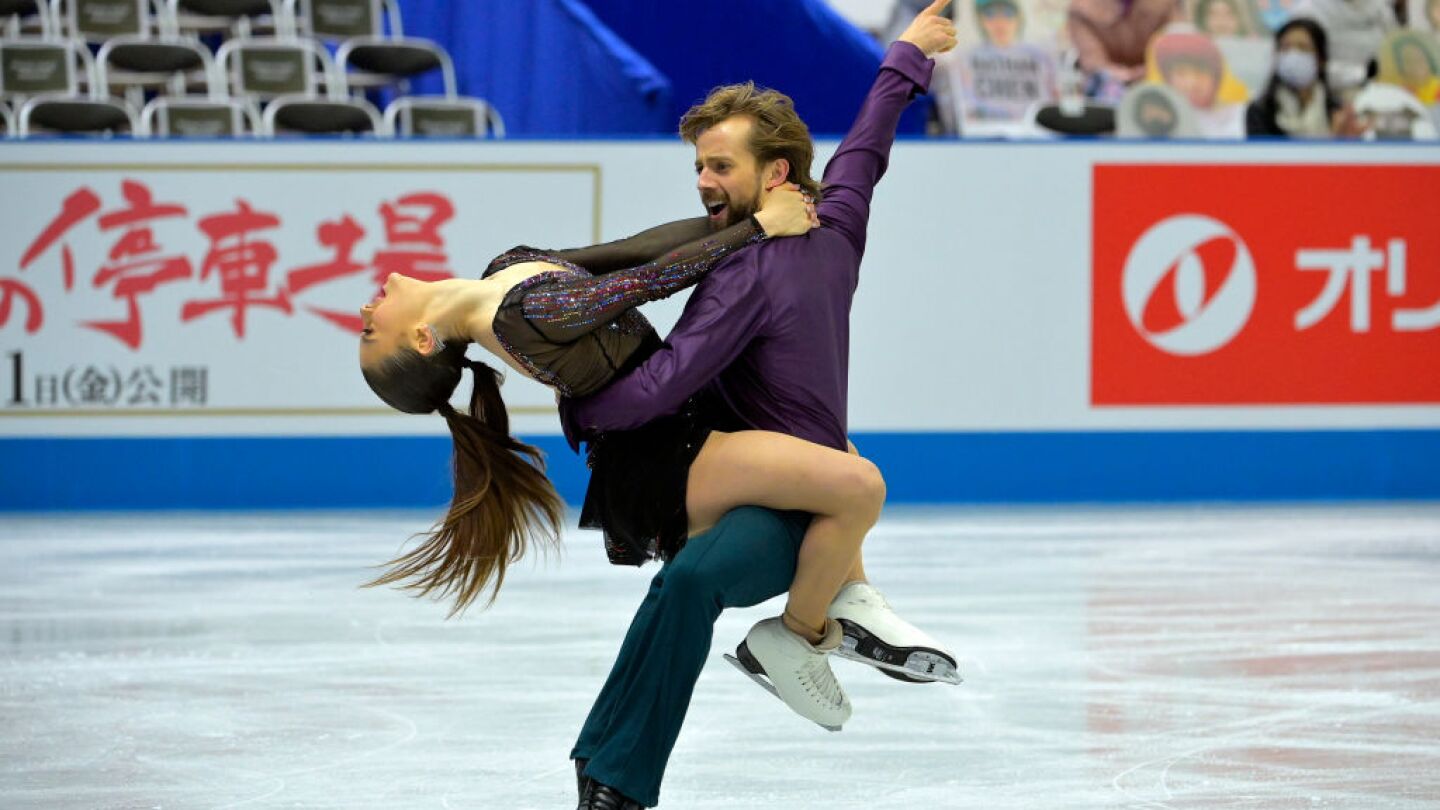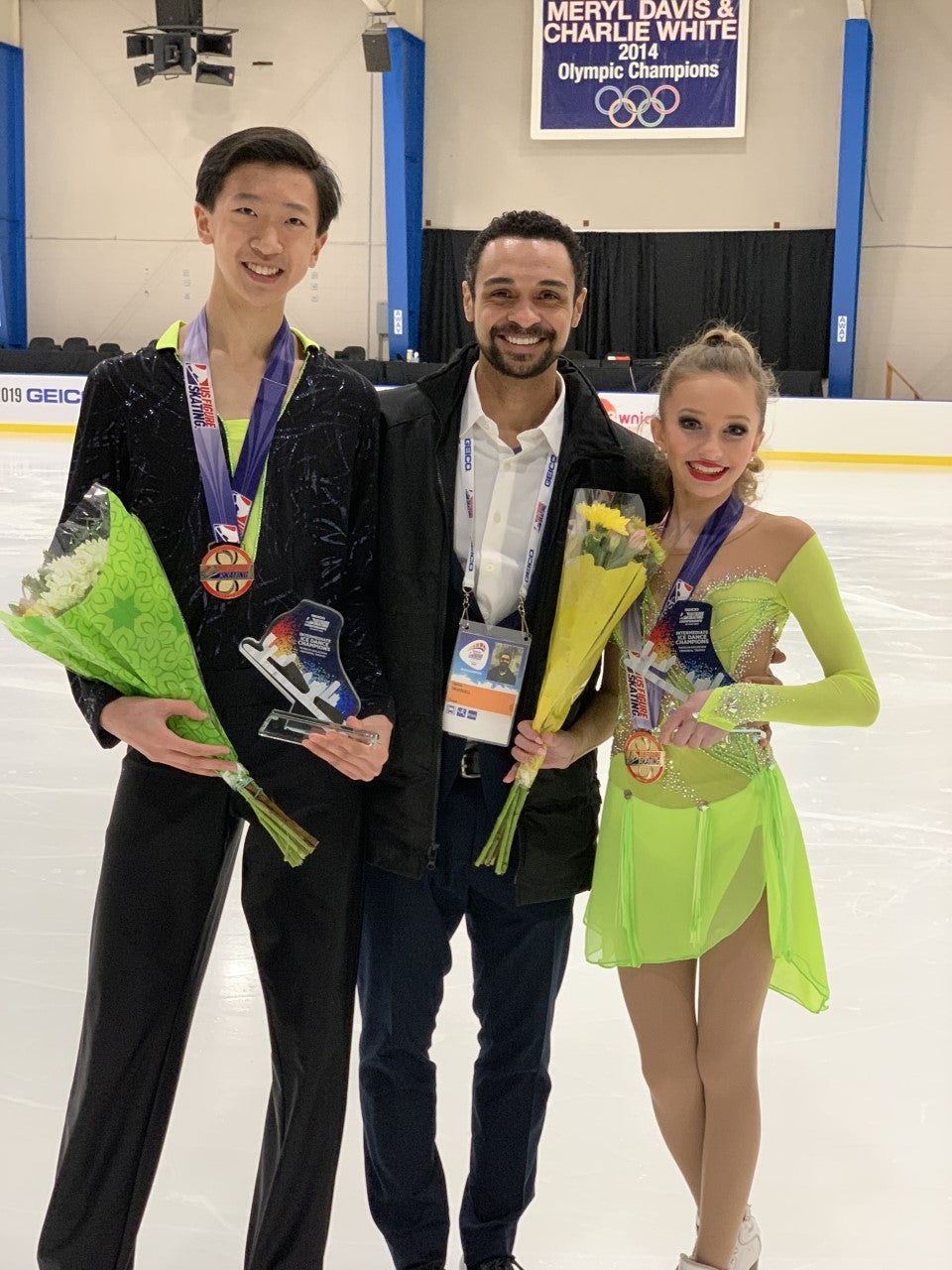According to Truesdell, the term “street dance rhythms” has had a negative connotation associated with it as comes from not being developed in a ballroom and referred to a style of dance different from the European norm.
As Truesdell’s athletes pick music to fit street dance rhythms, they are still encouraged to research the roots and culture of the music and involve community members in the design and construction of appropriate costumes along the way.
“This doesn’t always mean that if we have to use a street dance rhythm we are going to use a song by a minority artist, but it does mean I am going to challenge my athletes to learn about the ‘who, what, when, where, why’ in different genres and programs we use,” he said. “Then, we try to include people from the cultures every step of the way if we can.”
Outside his role in IDANC, Truesdell serves on numerous diversity and equity committees within U.S. Figure Skating, including the U.S. Center for Coaching Excellence, the Professional Skaters Association and the Diversify Ice Foundation.
 www.molly-yehor.com
Their introductory post: https://www.molly-yehor.com/news
www.molly-yehor.com
Their introductory post: https://www.molly-yehor.com/news




 "):
"): 

 <-- (ETA that the respect emoji isn't displaying properly right now?)
<-- (ETA that the respect emoji isn't displaying properly right now?)

